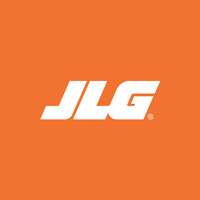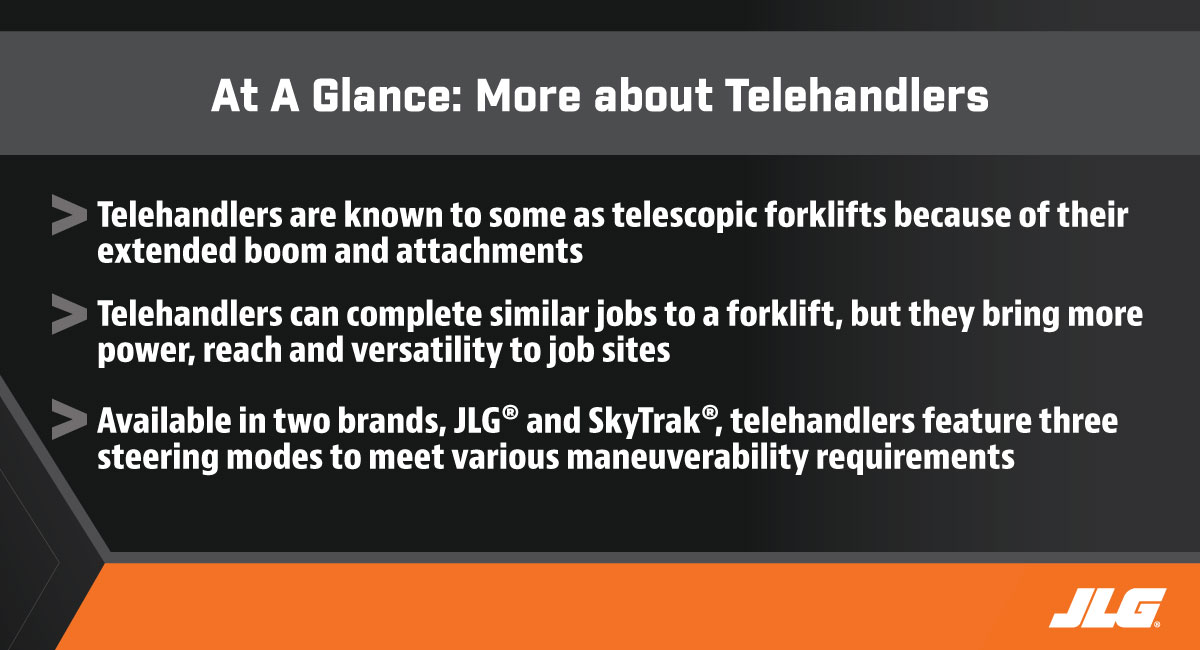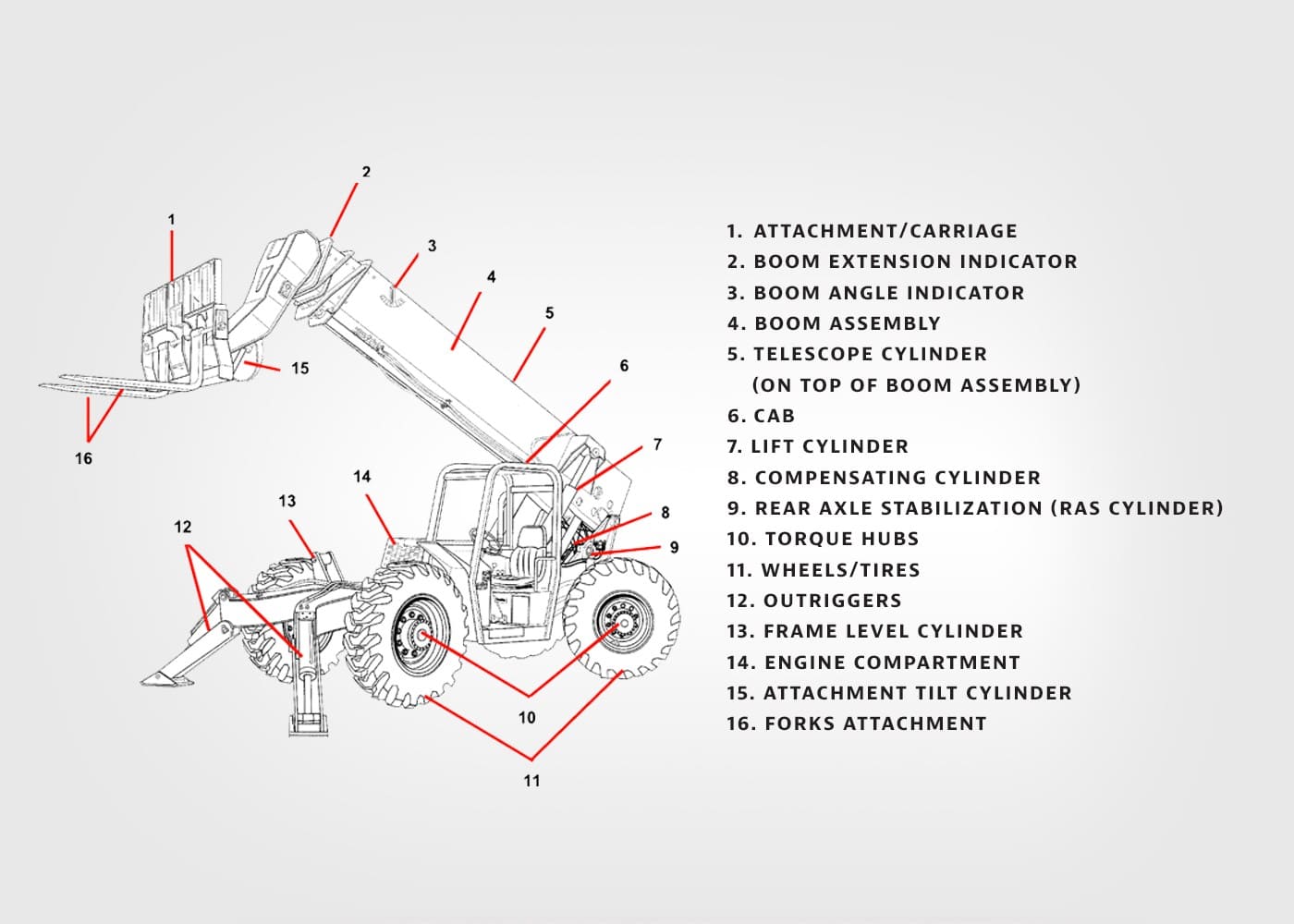 Logan Cunningham
Logan Cunningham
Product Training Specialist
____
JLG Industries
A telehandler, sometimes called a telescopic material handler (TMH) is a machine widely used in construction and agricultural applications. It is similar in appearance and function to a warehouse forklift, but it has a single telescopic boom that can extend forward and upward from the vehicle.
On the end of the boom, an operator can fit one of several attachments, such as a bucket, pallet forks, an auger or a truss boom. The OSHA classification for this type of machine is a 1910.178 Class 7 rough-terrain forklift. Telehandlers are most commonly used for moving loads to and from places unreachable with a conventional forklift and would usually require a crane. Thanks to their telescopic reach, telehandlers provide the means of picking up and placing loads from the ground to elevated positions on the job site.

Telehandlers have several advantages, including:
- Three steering modes — 4-wheel crab, 4-wheel circle and 2-wheel front — which allow for better machine maneuverability and positioning of the load
- Single boom joystick control for boom lift and telescope
- Durable foam filled or solid tires that resist wear without sacrificing performance
- Quick and easy installation of attachments to have the right attachment for the job
JLG offers telehandlers in two brands — JLG® and SkyTrak® — as well as several series options, including Compact and High Capacity. All telehandlers offered by JLG contain many of the same major components.
Below is a quick reference guide for the different components, cylinder locations and need-to-know terminology of JLG and SkyTrak telehandlers.

To learn more about telehandlers available from JLG, visit here.
Want to stay up to date with industry news and trends similar to this? Make sure you subscribe below to receive monthly updates from Direct Access with newly posted content so you never miss important information.